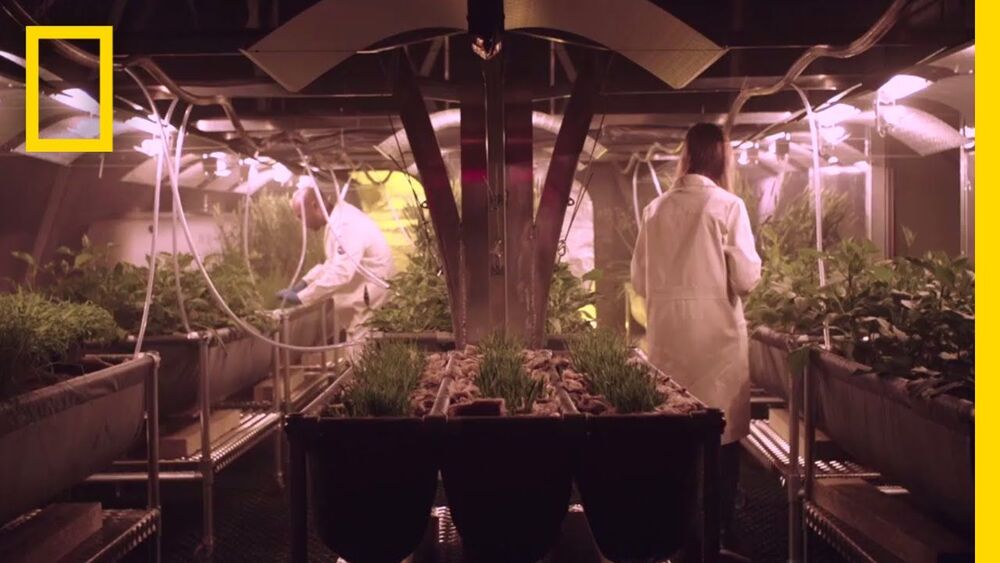The technology doesn’t seem to be here yet; obviously, the ice on Mars will be harvested to provide drinking and irrigation water.
If we ever intend to send crewed missions to deep-space locations, then we need to come up with solutions for keeping the crews supplied. For astronauts aboard the International Space Station (ISS), who regularly receive resupply missions from Earth, this is not an issue. But for missions traveling to destinations like Mars and beyond, self-sufficiency is the name of the game.
This is the idea behind projects like BIOWYSE and TIME SCALE, which are being developed by the Centre for Interdisciplinary Research in Space (CIRiS) in Norway. These two systems are all about providing astronauts with a sustainable and renewable supply of drinking water and plant food. In so doing, they address two of the most important needs of humans performing long-duration missions that will take them far from home.
Even though the ISS can be resupplied in as little as six hours (the time between launch and the time a supply capsule will dock with the station), astronauts still rely on conservation measures while in orbit. In fact, roughly 80% of the water aboard the ISS comes from airborne water vapor generated by breathing and sweat, as well as recycled shower water and urine—all of which is treated with chemicals to make it safe for drinking.









Comments are closed.